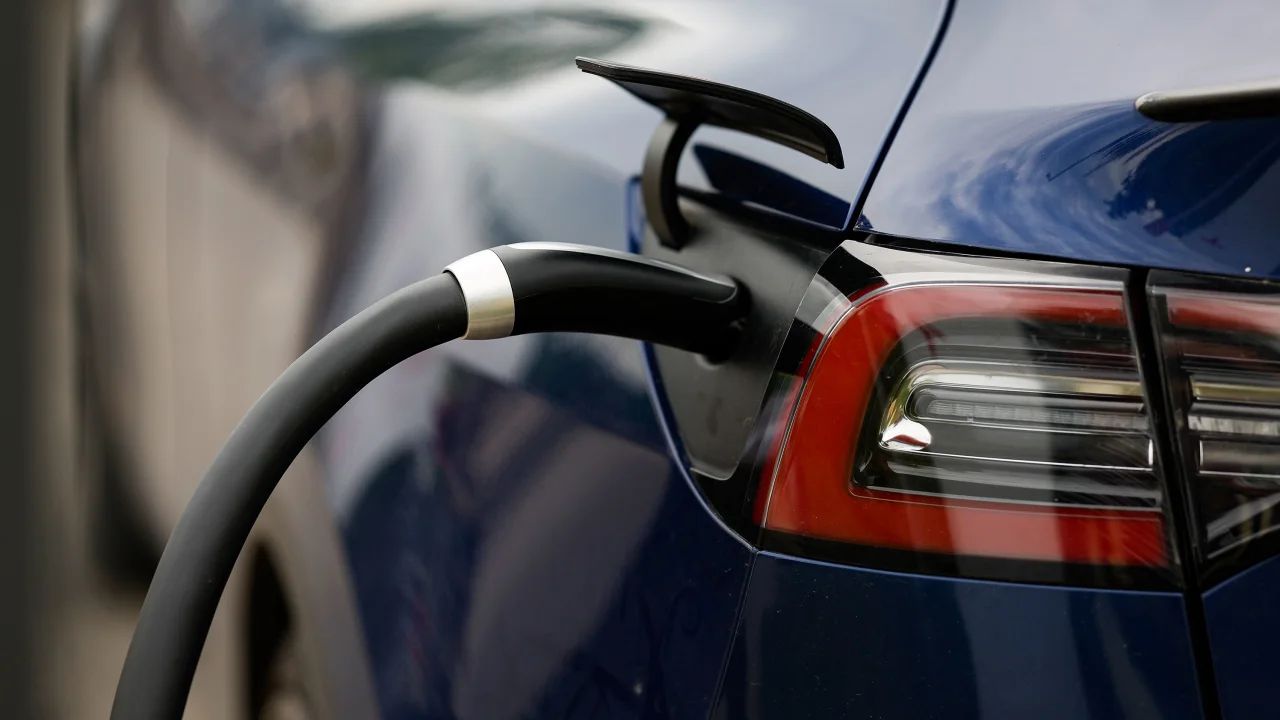Electric cars are breaking sales records, but here’s why they’re not replacing gas cars anytime soon
by Admin

More shoppers are choosing electric vehicles so far this year than ever, according to vehicle sales data from Cox Automotive.
While EV sales have been growing healthily for the past couple of years, that trend has accelerated this year. US consumers bought nearly 300,000 new battery-electric vehicles (BEVs) in the second quarter – a new record, according to Cox.
Not only is that more than 48% higher than last year, it’s more EVs than were sold in all of 2019. That’s not even counting sales of plug-in hybrid electric vehicles (PHEVs), which can run on gas or electricity and a battery that can be recharged with either a charging cable or a generator powered by the engine.
Cox Automotive now predicts sales of fully electric vehicles in the US will break the 1 million vehicle barrier in 2023 for the first time ever. More than 557,000 BEVs have already been sold so far this year through the end of the second quarter.
Experts say EV sales are being propelled by a number of compounding factors, such as price cuts, a wider variety of available vehicles and more government and manufacturing investments.
“It’s just this perfect storm of all these things coming together,” said Stephanie Valdez-Streaty, the director of industry insights at Cox Automotive.
Through the IRA, the federal government began offering tax credits of up to $7,500 on EVs at the beginning of the year, partially based on where the cars and their electrical components were sourced and assembled. Only 18 EV models out of the 97 on the market currently qualify for this tax credit, according to the Alliance for Automotive Innovation, a nonprofit trade association.
This year’s top-selling EVs – the Tesla Model 3, Tesla Model Y, Chevrolet Bolt, Rivian R1T and Volkswagen ID.4 – qualify for at least some of the IRA tax credit, Valdez-Streaty said.
The electric vehicle market is entering into a transition period, she said. More than half of consumers were considering buying a new or used BEV within the next year, according to a Cox Automotive survey released in June. Just 38% of consumers said the same in 2021.
“We’ve had early adopters, and now it’s like, how do we start to increase sales? How do we convert those considerers into buyers?” Valdez-Streaty said.
The US Energy Information Administration’s sales projections forecast that translating buyer interest into an EV-majority market will take several decades.
More shoppers are choosing electric vehicles so far this year than ever, according to vehicle sales data from Cox Automotive. While EV sales have been growing healthily for the past couple of years, that trend has accelerated this year. US consumers bought nearly 300,000 new battery-electric vehicles (BEVs) in the second quarter – a new record,…
Recent Posts
- Look of the Week: Barry Keoghan makes the case for the male pussy-bow
- Boston Celtics end Cleveland Cavaliers’ unbeaten start to the season, Lakers rookie makes history and more from the NBA
- Три из четырех новостей распространяются в соцсетях без предварительного прочтения – исследование
- Дэвид Кроненберг: “Я не крёстный отец боди-хоррора, я даже не знаю, что это такое”
- Barnes & Noble is making a comeback